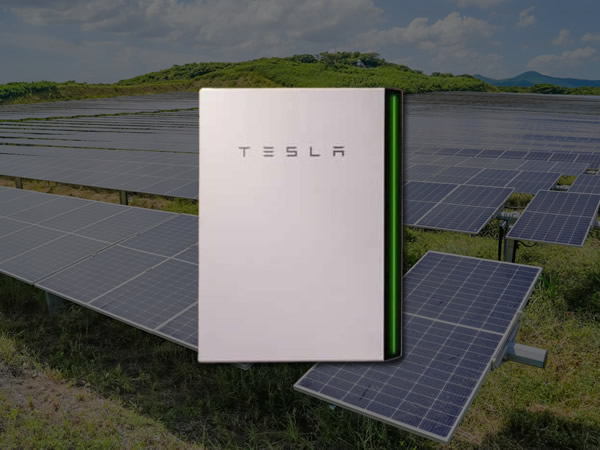With more and more people looking to optimise their solar energy systems, adding battery storage has become an attractive option. Storing the energy your solar panels generate allows you to use it when the sun isn’t shining, potentially reducing your reliance on the grid. But if you’re one of the many homeowners already receiving Feed-in Tariff (FiT) payments, you may be wondering how adding battery storage will affect your setup.
Before you jump into installing a battery, take a deep breath and read through this important information. It could save you from unexpected surprises with your FiT payments!
How Does Battery Storage Work?
At Blue Electrics, we specialise in installing hybrid inverters with DC-coupled battery storage. This system not only allows your home to run on solar power during the day but also stores any excess energy in a battery so you can use it later—like in the evening when demand is higher.
We also install a CT (current transformer) clamp to monitor your home’s electricity demand and detect whether your solar PV system is exporting electricity. This helps ensure that any excess energy your home doesn’t use can either be stored or exported to the grid.
Will Installing a Battery Affect My FiT Payments?
This is one of the most common questions we hear, and the short answer is: yes, installing battery storage could affect your FiT payments—particularly your FiT export payments. Here’s why:
- Exporting to the Battery Instead of the Grid
Your FiT agreement assumes that any excess electricity from your solar PV system is exported directly to the grid. However, with a battery, your system may divert that excess energy to the battery instead of exporting it to the grid. While your system will still export to the grid once the battery is full, your FiT Licensee (the organisation that pays your FiT payments) could argue that you’re not exporting as much energy to the grid as originally agreed. This could impact the export payments you receive. - Using Time-of-Use Tariffs
If you’re on a time-of-use tariff, you may be able to charge your battery using cheaper electricity from the grid during off-peak hours (like overnight) and then export that stored energy during the day when electricity prices are higher. The issue here is that your FiT Licensee could argue that this exported energy is not actually coming from your solar PV system, but rather from the grid. This would inflate your export figures and could lead to reduced or cancelled FiT export payments.
What Can I Do?
First and foremost, speak with your FiT Licensee. Before installing any battery storage, it’s crucial that you notify them of your plans. They’ll have a process in place, and they’ll inform you if installing a battery will affect your export payments.
It’s also worth noting that you cannot receive both FiT export payments and Smart Export Guarantee (SEG) payments at the same time. However, you can opt out of your FiT export payments and switch to SEG payments while continuing to receive your FiT generation payments. SEG could be a good alternative if you want to keep exporting energy while using battery storage.
How We Help at Blue Electrics
At Blue Electrics, we’ll ensure your battery storage system is installed in compliance with FiT Licensee requirements. We install MID-approved generation meters to ensure accurate readings and help make the transition as seamless as possible. Our goal is to help you get the most out of your solar system while staying within the bounds of your FiT agreement.
Is Battery Storage Still Worth It?
Even if battery storage affects your FiT export payments, it can still be a fantastic investment. Storing excess solar energy means you’ll use less electricity from the grid, potentially reducing your energy bills significantly. Plus, with time-of-use tariffs and rising energy prices, being able to use your stored energy when it’s most expensive could offer long-term savings.
Final Thoughts
If you’re already receiving FiT payments and considering battery storage, the key is to understand how the addition of storage might affect your export payments. With the right information, you can make an informed decision that benefits both your wallet and your energy usage. At Blue Electrics, we’re here to guide you through every step, ensuring you get the most out of your solar PV system.




















